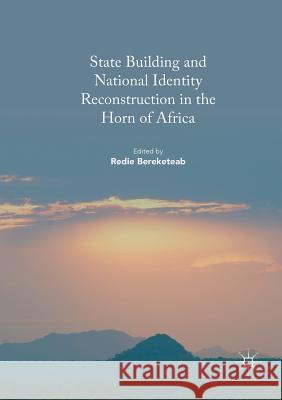State Building and National Identity Reconstruction in the Horn of Africa » książka
topmenu
State Building and National Identity Reconstruction in the Horn of Africa
ISBN-13: 9783319819914 / Angielski / Miękka / 2018 / 246 str.
Kategorie BISAC:
Wydawca:
Palgrave MacMillan
Język:
Angielski
ISBN-13:
9783319819914
Rok wydania:
2018
Wydanie:
Softcover Repri
Ilość stron:
246
Waga:
0.32 kg
Wymiary:
21.01 x 14.81 x 1.4
Oprawa:
Miękka
Wolumenów:
01
Dodatkowe informacje:
Wydanie ilustrowane











